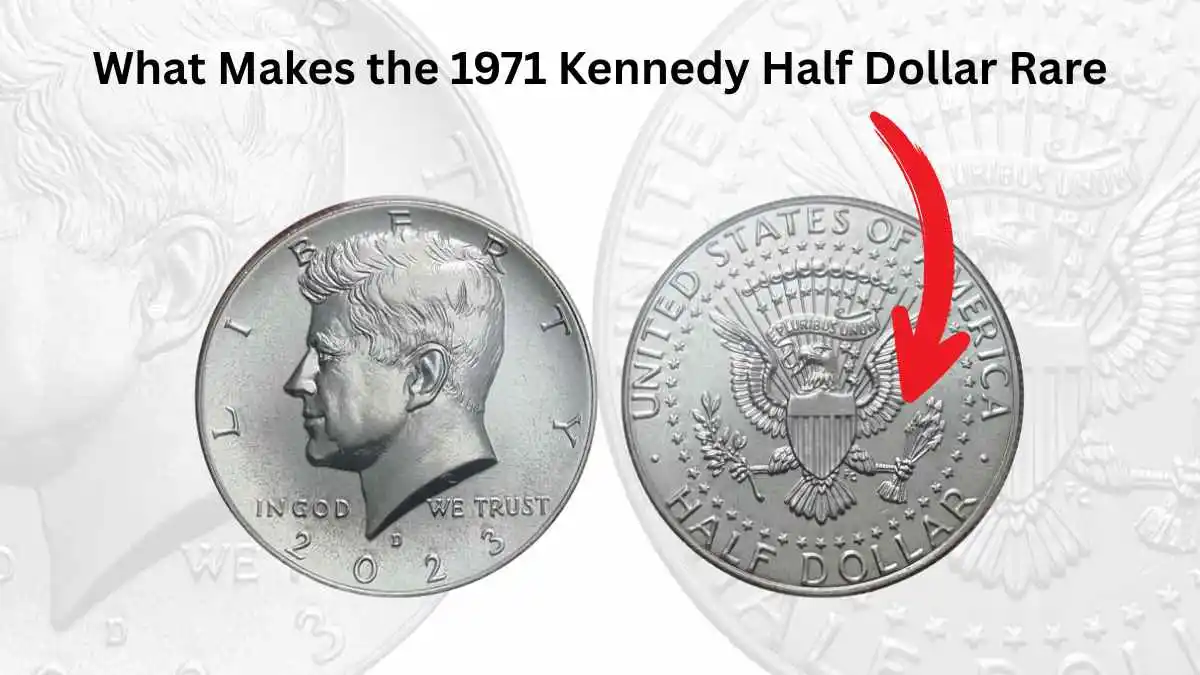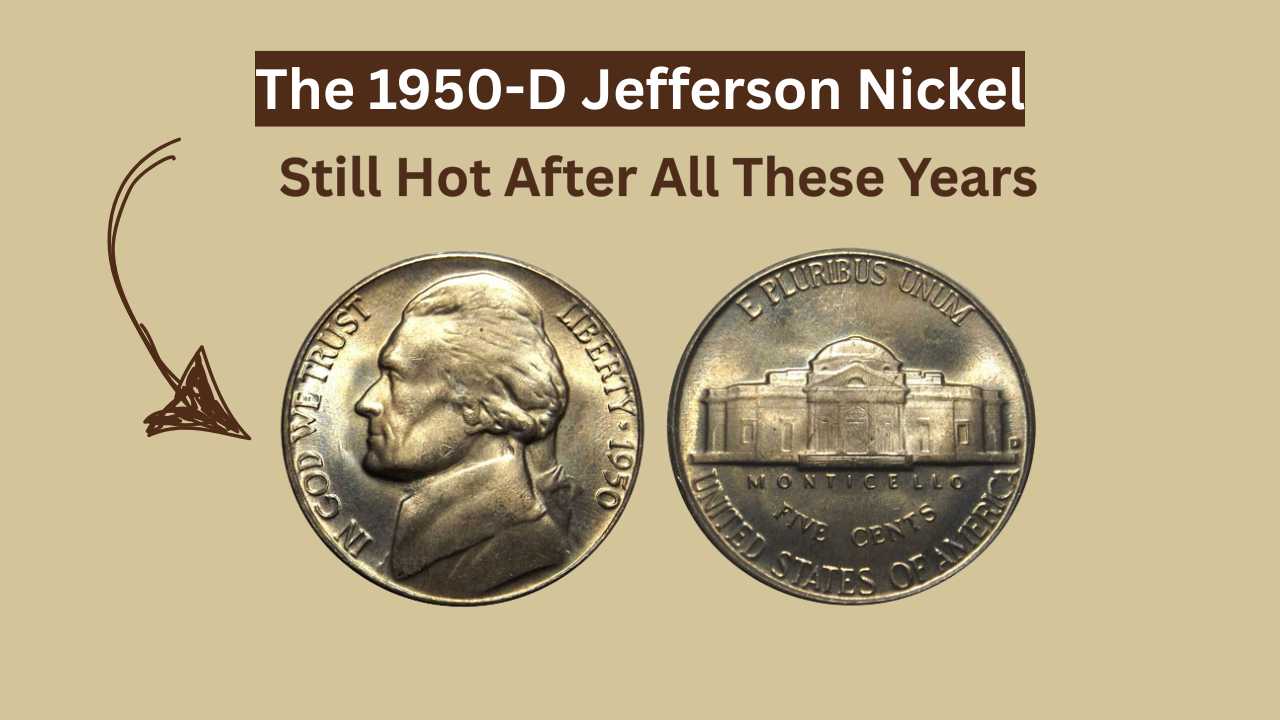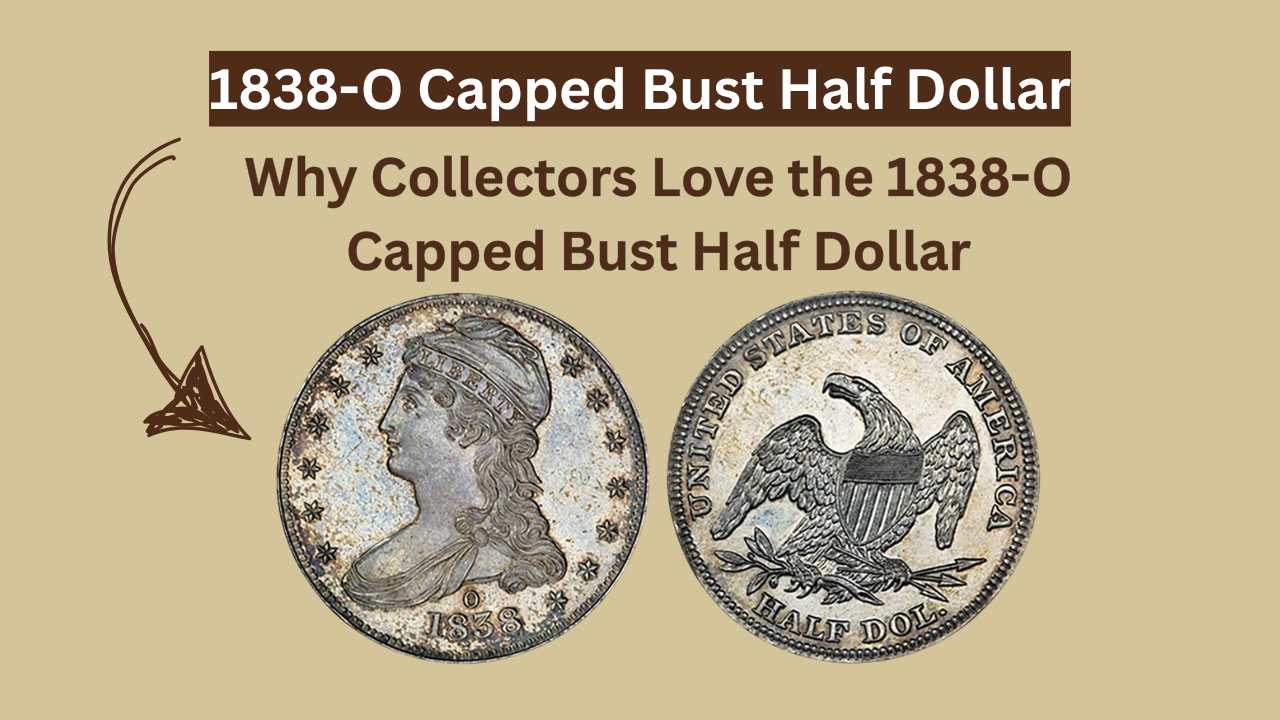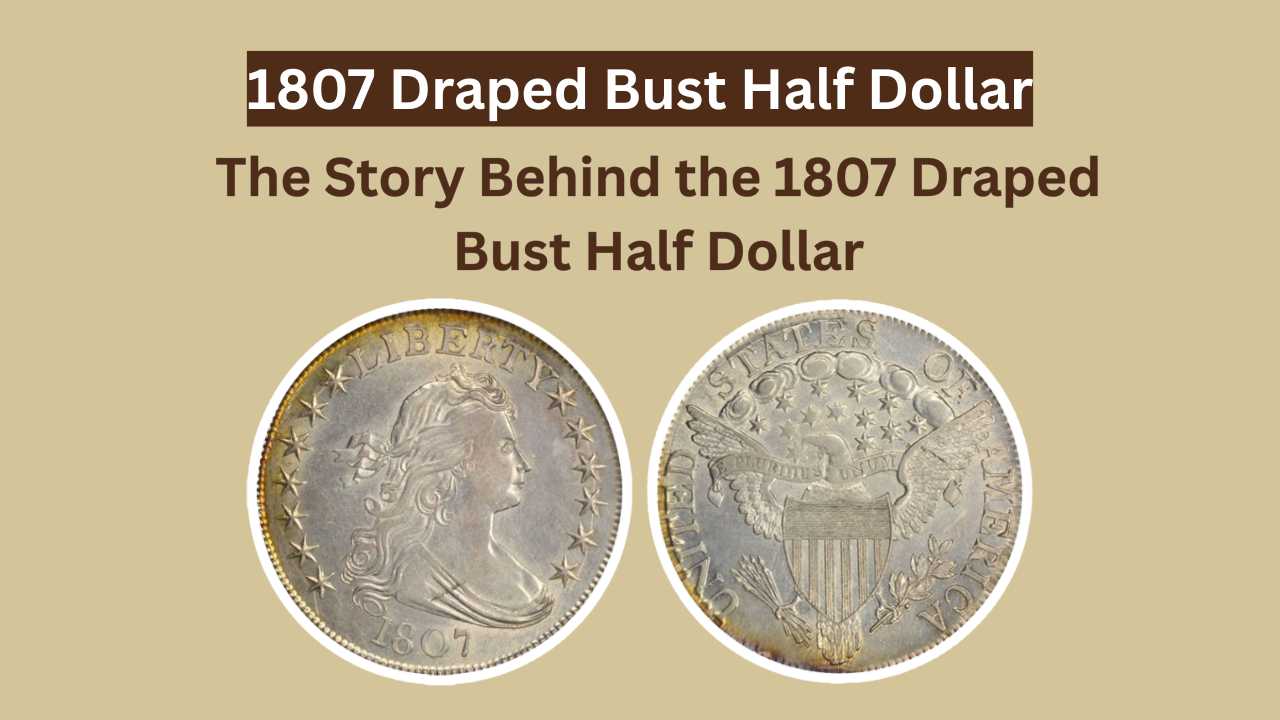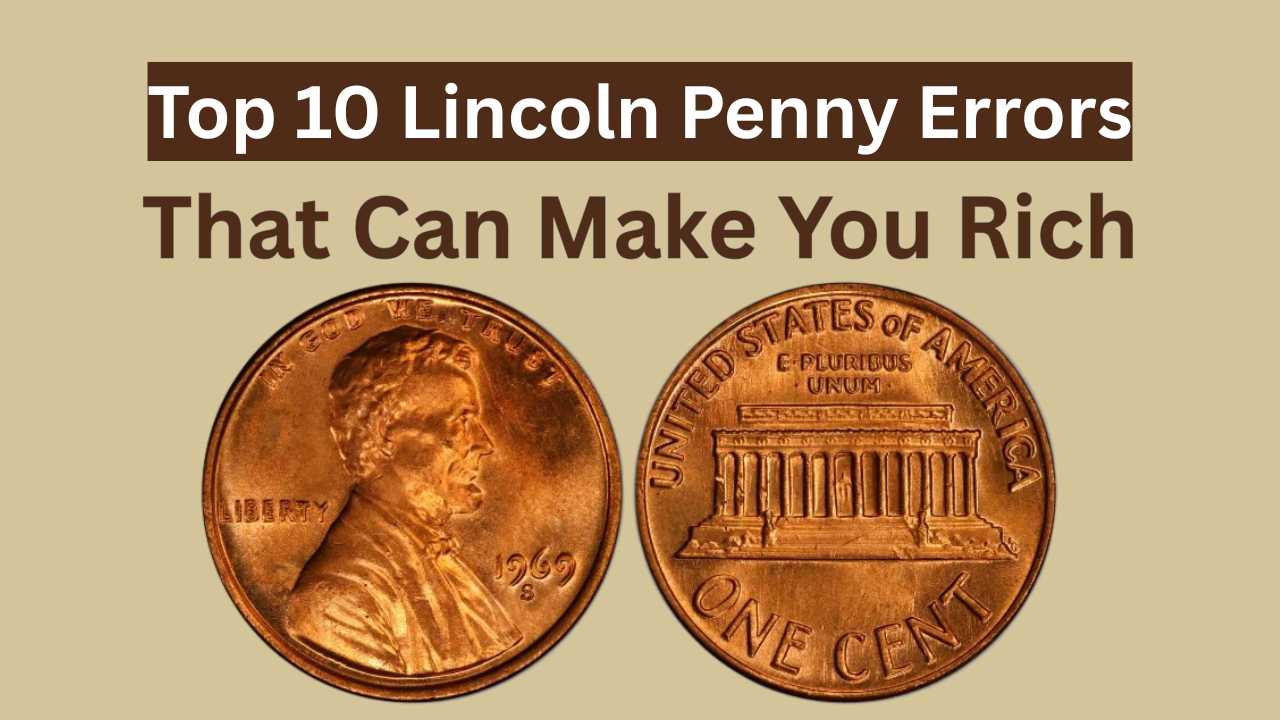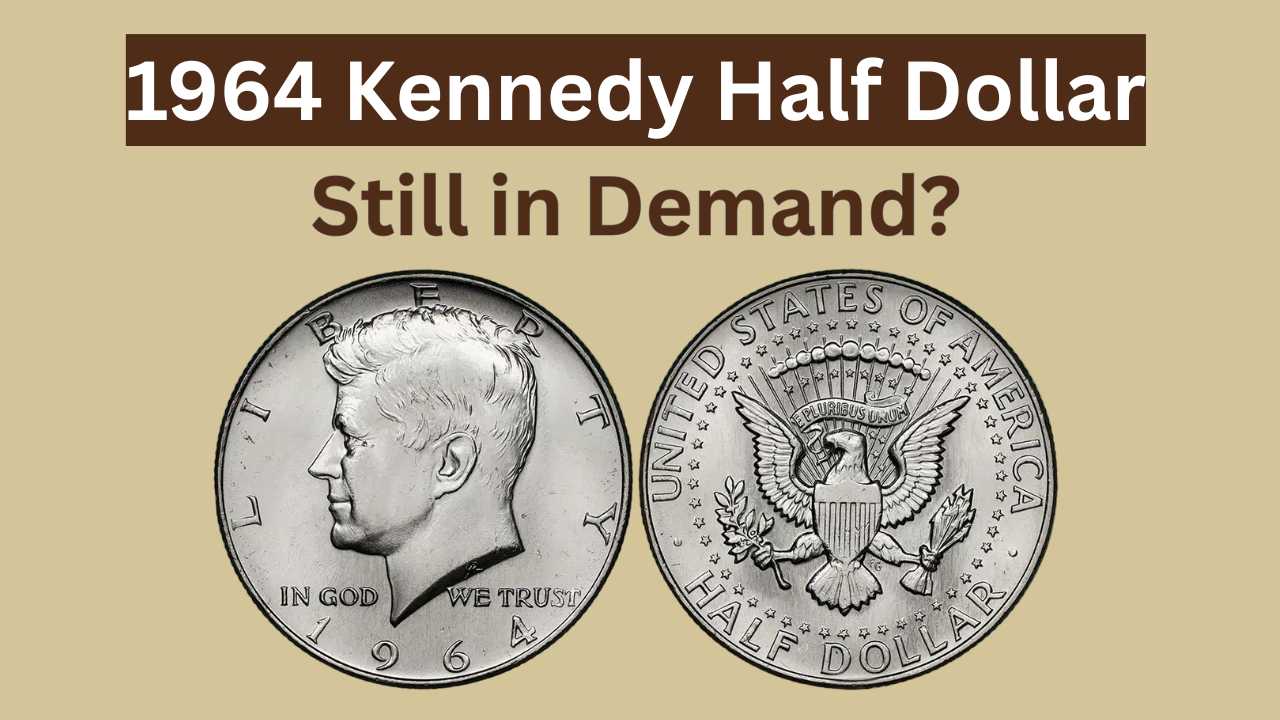A rare Lincoln Wheat Penny sold for $9.5 million! Learn how to identify valuable pennies and what makes them worth a fortune in today’s market.

If you’ve ever looked through a pile of spare change, you’ve probably seen a Lincoln Wheat Penny. This classic coin was made in the U.S. from 1909 to 1958 and is now a favorite among coin collectors. But did you know that one of these old pennies is actually worth $9.5 million? Yes, it’s true—some Lincoln Wheat Pennies are worth a fortune and might still be floating around in everyday change.
In this post, we’ll talk about why the Lincoln Wheat Penny is so valuable, what makes it rare, and how to spot one that could be worth big money. You’ll also learn the key features of this historic coin and get helpful tips if you’re thinking of starting your own coin collection.
A Short History of the Lincoln Wheat Penny
Before talking about its value, let’s take a quick look at the history of the Lincoln Wheat Penny. It was first made by the U.S. Mint in 1909 to honor the 100th birthday of President Abraham Lincoln. The design, created by Victor David Brenner, shows Lincoln’s face on the front and two wheat stalks on the back.
For many years, this penny was commonly used across America. Its clean and classic design made it a regular part of daily life. In 1959, the wheat design was replaced by the Lincoln Memorial on the back, marking the end of the Wheat Penny series. Still, collectors today love the original wheat version for its charm and history.
Why Is the Lincoln Wheat Penny So Valuable?
Most Lincoln Wheat Pennies are only worth a few cents, but some rare ones can be worth thousands—or even up to $9.5 million! Their value depends on things like minting mistakes, limited production years, and the coin’s condition.
1. Rare Minting Errors
One big reason these pennies can be worth so much is because of minting errors. These are mistakes made during the coin-making process. For example, the famous 1943 copper penny was supposed to be made of steel during World War II, but a few were accidentally made with copper. These rare error coins are now extremely valuable, with some selling for millions.
2. Low Mintage Years
Some Wheat Pennies were made in small numbers. A good example is the 1909 penny—the first year it was made. A few of these coins have the designer Victor D. Brenner’s initials “V.D.B.” on the back. These early versions are very rare and are a favorite among collectors.
3. Great Condition (Mint State)
A coin’s condition also plays a big role in how much it’s worth. Pennies that look almost new—called “Mint State” coins—can sell for much more. Coins graded MS-65 or better, meaning they have sharp details and hardly any marks, can be worth hundreds of thousands. For example, a 1909-S V.D.B. penny in top condition can sell for over $500,000.
The $9.5 Million Lincoln Wheat Penny
Most Lincoln Wheat Pennies aren’t worth millions, but one rare coin broke records with a $9.5 million sale. This special coin is the 1943 copper Lincoln Wheat Penny, which was mistakenly made from copper instead of steel during World War II.
Only a few of these copper pennies are known to exist. One of them was sold at auction in 2019 for an incredible $9.5 million, making it one of the rarest and most valuable coins in U.S. history. Its high value comes from how rare it is and the fact that it was made during a time when copper was needed for the war.
Collectors and investors are always searching for these rare finds, and their value keeps rising over time. If you ever find a 1943 copper penny, make sure to have it checked by a coin expert. It could be a once-in-a-lifetime treasure hiding in your pocket.
How to Spot a Valuable Lincoln Wheat Penny
Wondering if your Lincoln Wheat Penny could be worth serious money? With a little attention to detail, you might be able to find a rare and valuable coin in your own pocket. Here are some easy tips to help you identify a high-value Wheat Penny:
1. Look at the Year and Mintmark
Start by checking the year on the coin. Pennies from the early 1900s—especially 1909, 1914, and 1922—can be more valuable than newer ones. Also, look for a small letter under the date. An “S” means it was made in San Francisco, and those are usually worth more than coins from Philadelphia (which may have no letter at all).
2. Search for “V.D.B.” Initials
The 1909 Wheat Penny with the initials “V.D.B.” on the back is one of the most wanted by collectors. These letters stand for Victor David Brenner, the coin’s designer. Not all 1909 pennies have these initials in a clear spot, so if yours does—it could be worth thousands!
3. Check the Coin’s Condition
A coin in great shape is always worth more. If your penny looks almost brand new with no scratches or wear, it could sell for a much higher price. Collectors use the Sheldon Scale to grade coins, with MS-70 being the best. The closer your coin is to mint condition, the better its value.
4. Watch for Minting Errors
Mistakes during coin-making can turn a regular penny into a rare treasure. Keep an eye out for double images (called double die), off-center designs, or unusual shapes. These types of errors are rare and can make your penny extremely valuable.
How to Sell or Auction a Rare Lincoln Wheat Penny
If you believe you’ve found a rare Lincoln Wheat Penny, your next move is important. Start by getting it checked by a trusted coin expert or professional appraiser. This will help you know the exact value of your coin before deciding to sell or keep it.
To sell your Lincoln Wheat Penny, you can go through a coin auction house, reach out to a dealer who specializes in rare coins, or use online marketplaces. While private sales or online listings are common, auctions often bring in serious buyers—helping you get the best possible price.
Final Thoughts: Is Your Lincoln Wheat Penny Worth Millions?
Finding a $9.5 million Lincoln Wheat Penny is rare—but even if yours isn’t that valuable, it can still be worth something special. Whether you’re a beginner or an experienced coin collector, owning a Lincoln Wheat Penny means holding a real piece of American history.
Keep your eyes open for valuable variations, minting errors, and high-condition pennies. Your small coin might be hiding a big surprise!
So next time you see a Lincoln Wheat Penny, remember—it’s more than just loose change. It could be a hidden treasure waiting to change your life. Happy collecting!

